The “61-1” Honda code indicates a fault related to the battery voltage in Honda vehicles. This code’s appearance signifies a low voltage condition within the Battery Voltage Circuit.
This can be attributed to various factors, such as a weak battery, a malfunctioning alternator, loose or corroded battery connections, or issues with the wiring or sensors in the battery voltage circuit.
When this code appears, it usually means that the vehicle’s onboard computer has detected a voltage reading below the expected range.
Identifying and resolving the cause of this code is essential to ensure the proper functioning of the vehicle’s electrical system.
Hondas commonly display codes 61-1 and 62-1. Typically, they occur when the battery is weak, and the car is cranking. Codes like these are usually permanent and do not cause a check engine light to illuminate. You can ignore them unless they are causing a problem.
You must manually remove all of the current trouble codes since the warnings cannot be deleted on their own. Can’t figure out what 61-1 fault code means?
Read on to find out more. There are a number of possible causes and symptoms of this problem, as well as what you can do to fix it. Many car owners have experienced this fault code who don’t know how to resolve it.
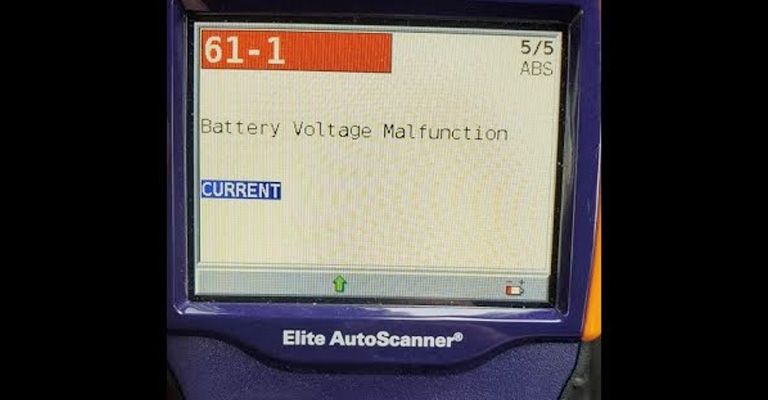
61-1 Honda Code: Battery Voltage Malfunction Explained
There is a problem with the battery in your vehicle if you receive the 61-1 code. A Honda vehicle is most likely to suffer from this problem. Bad batteries or faulty alternators can lead to low voltage and the 61-1 code.
ABS error code VSA Modulator-control Unit Initial IG Low Voltage is defined in the Honda Pilot Technician Service Bulletin (TSB) for 2009.
Similar codes include DTC 61-2, 61-22, and 61-23: defined as VSA Modulator-Control Unit Power Source Low Voltage 1, Voltage 2, and Voltage 3, respectively.
Let me explain what VSA means before we move on. The Honda VSA stands for Vehicle Stability Assist.
During braking, acceleration, and drifting, the software improves the driver’s experience. A sensor located around the car provides information to the system.
You must turn on the ignition switch and use the Honda Diagnostic System (an OBDII tool) to properly diagnose the 61-1 code. Any stored code will be cleared. A loose terminal could be the cause if there is no code.
If the code persists, checking and analyzing battery voltage with a voltmeter is recommended. A bad battery or alternator is usually the cause of the code. You may be able to resolve the issue by updating the VSA modulator-control unit.
Common Symptoms Of 61-1 Code
You can think of the 61-1 code as your vehicle’s way of telling you that its battery voltage is too low or that it has malfunctioned. Many electronic components in your vehicle are affected by the symptoms you will notice. Among these symptoms are:
1. AC Isn’t Working Correctly
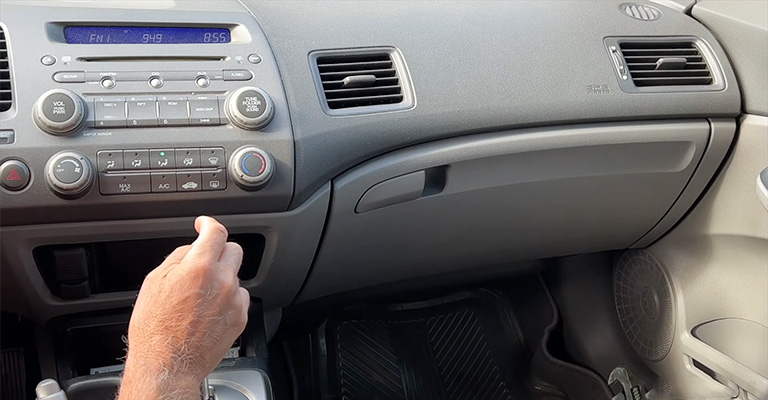
An air compressor that isn’t getting enough voltage could be the cause of your AC not working properly.
Drive belts, air compressors, and electrical power, such as car batteries and alternators, are all involved in the air conditioning system. It will not kick the AC compressor if the battery or alternator fails to supply the voltage.
2. The Interior Lights Don’t Work Properly
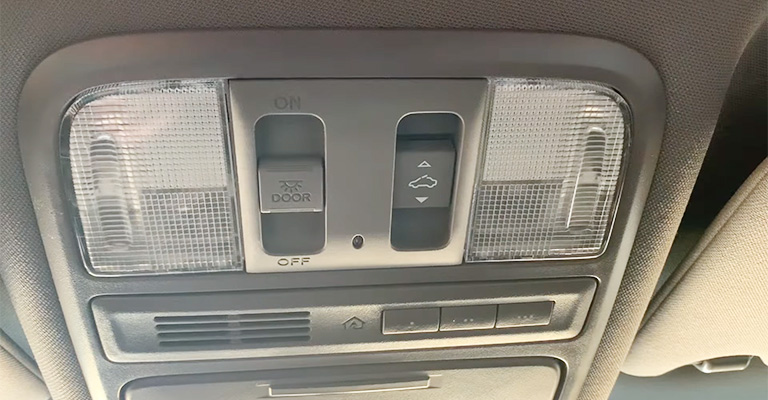
Dim interior lighting is another 61-1 code symptom. If you have a bad battery or alternator, the interior lighting in your vehicle may be dim.
In your car, the alternator is dependent on the battery, while other electrical components depend on it as well.
When the engine is started, the battery should be between 13.5-14.5V for the interior lighting to function properly.
3. The Car Has A Tough Time Starting
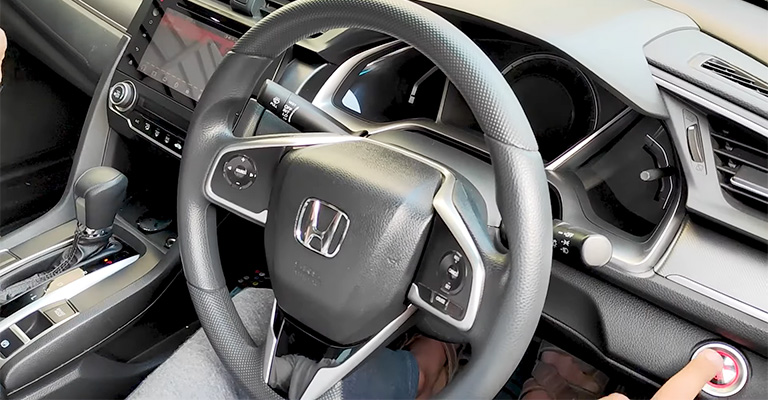
The 61-1 code could be the cause of a difficult time starting your car. The low voltage provided by the battery, typically below 10.8 volts, makes it difficult for the car to crank and will require frequent jump starts.
To start your car, your battery needs at least 10.8 to 11.8V, and any voltage below that will not work.
What Causes The 61-1 Code On A Honda?
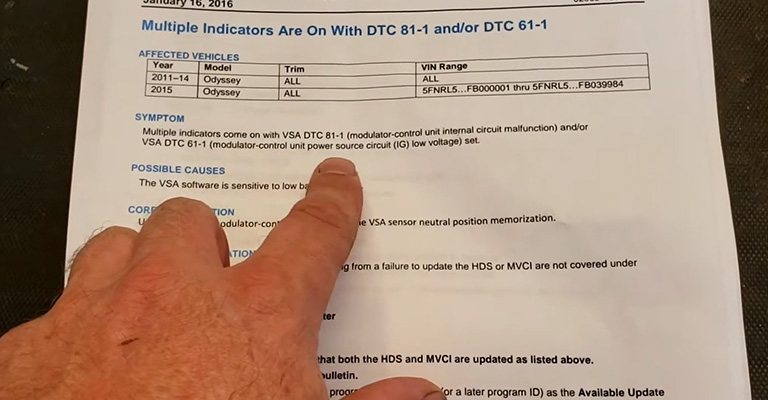
Major components supplying electricity to your vehicle are common causes of the 61-1 code. Among them are:
Corroded Battery Terminals
It is common for corroded battery terminals to cause the 61-1 code. Depending on which terminal the corrosion occurs, the corrosion on the battery terminal will differ.
A white or bluish substance will appear on the positive terminal if it has been overcharged. The corrosion is caused by overcharging.
An inability to charge well also causes corrosion at the negative terminal. There is a white substance called sulfation that appears as a result of corrosion.
Bad Alternator
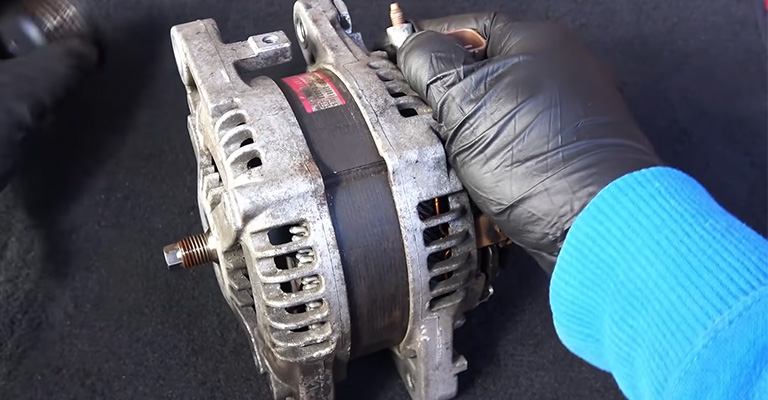
After starting your car, your alternator keeps your battery and car alive.
In addition to powering the radio, car wiper, headlights, and more, it also provides power for many other electrical components in the car. While charging the battery, the alternator supplies direct current to these components.
Electrical energy is converted from mechanical energy. Belts and pulleys connect the alternator.
An alternator rotor is spun by the pulley, generating an alternating current which is converted into DC by the alternator and sent to the car’s electrical components.
Removing the battery from your car while it is running is possible. Alternators make this possible.
What are the symptoms of a bad alternator? Alternators can be tested by following the steps listed below.
- For this test, you will need a voltmeter.
- Ensure your battery voltage is between 12.5V and 13V when the engine is off.
- Check the voltage after starting the engine.
An alternator that is functioning properly will produce an increase in voltage. If your alternator produces 13V or more, it is fine.
Bad Battery
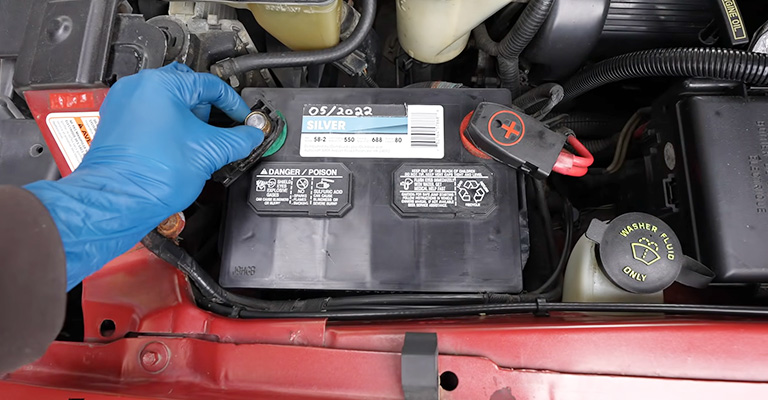
A bad battery will most likely trigger the 61-1 code in your vehicle. In the event of a bad battery, the voltage will either be low or the battery will not supply voltage at all.
In addition to the car not starting, dim lights, the battery requiring a jump start, and the battery warning light, other signs of a bad battery include failure to start the car.
You will need a voltmeter to test the battery’s strength. Here are the steps you need to follow:
- Use the headlights on both the external and internal sides to get rid of surface charge.
- The voltmeter should be set to 15-20 volts, and the lights of the car should be turned off as directed in Step 1.
- Negative and positive terminals of the battery should be connected to each cable of the voltmeter.
- If it reads below 12-13 volts, you may need to replace your battery.
- Check for a volt above 10V by starting the vehicle without disconnecting the voltmeter. Your battery is dead if its voltage drops below 5 volts.
61-1 Code Troubleshooting Tips
Is there any way to fix this error? Well, to fix your vehicle’s 61-1 code, try these fixes.
Replace Or Update The VSA Modulator Control Unit
In some cases, replacing the VSA modulator will be your only option. Sadly, this is not an inexpensive repair and should only be done as a last resort. Your repair costs will be reduced significantly if you find a used part.
Delete Or Clear The Module’s Code
There are times when this works, although it is unlikely. It is sometimes possible to resolve the problem by clearing the fault code. Don’t expect too much, however. Nevertheless, it’s worth trying.
Clean Corrosion On The Battery Terminal
A simple DIY is to check that the battery terminals are clean. In humid countries, they can corrode. Check to see if the fault code goes away after cleaning them.
Replace Bad Alternator
Alternators, like other car components, can wear out over time. Alternator replacement is not a cheap task, but it is definitely necessary. Parts and labor should cost around $350-$500.
Replace Bad Car Battery
Any car’s maintenance schedule should include replacing its battery. Most cars have battery problems, which is a sad fact.
It is common for some drivers to ignore the signals until it is too late, and the car won’t start. A new battery can definitely resolve the error code if your battery is old.
Repair Wiring Between Fuse And VSA Modulator Control Unit
Some vehicle wiring will inevitably get damaged due to the age of the vehicle, driving conditions, poor maintenance, and weather conditions. As mechanics, we hate working on this kind of repair.
Since some modern vehicles have up to 5000 feet of wiring, it can take several hours for the problem to be detected.
Final Words
Fortunately, there aren’t any catastrophic problems. In the case of low voltage monitored by the ABS (anti-lock braking system), the 61-1 code is reported.
The bad battery is most likely to blame for this. There is a possibility that it has already cleared itself or that it will do so soon.

Im not sure if I have fixed the issue Im not a mechanic but im very determined.
I have a 2008 Acura T.L. base model.I have an aftremarket stereo and amplifier.I put a switch on my amplifier going to the fuse box for powering the ampand didnt see anything on my mid because the old stereo displayed that info that I found out later would be very important but for now its a pioneer.
I somehow left the amps switch on and drained the battery the car wouldnt start the next morning so i trckle charged the battery the next day. it must have had enough juice too start the car so i left it running thinking it would charge the rest of the way then things started happening the car wouldnt start or one time we where locked inside no start no crank manually had too unlock doors then i would come too a stop and the carfelt like tranny was slipping i just had it rebuilt so it wasnt that far from reality hitting home.
so i took it too autozone and got some codes 61-1 control unit low voltage 61-23 modulator-control unit power source low voltage and 61-22short in left front passenger seatbelt buckle so I was very determined too find something online and looking up things Ive never tried before more out of desperation at first but actually fell in love with learning about something I have so much pride in So I bought a battery I had one of those cheap OBD2 scanners and reset codes and this is where it paid off cause right now Im code free but I still need too be sure its getting a little bit dangerous today im going back too autozone but keep your fingers crossed!!!
It’s great to hear that you’re determined to fix the issue with your car.
I just recently had to jump my car two days ago. No big deal, I had been away for about 2 weeks and didn’t think too much of it. It is an 08 Honda Accord and has 236K miles. However, today when I left work, I unlocked the door manually and the system alarm started going off. Starting the car will usually fix the problem and disengage the alarm. It did not. It kept blasting the alarm for 2-3 minutes before finally shutting off. But the car did start and stayed running. I drove to Autozone and they hooked up the OBD which gave a 61-1 code along with the 61-22 and 61-23. Is this a common problem with these codes as well? Or is this just another random problem that is totally unrelated???
Hello,
I understand your concern about the recent issues with your 2008 Honda Accord. It sounds like an unexpected situation after having to jump-start your car. Given the error codes you’ve received (61-1, 61-22, and 61-23), it’s essential to address them promptly to prevent any potential complications.
These codes can indicate various issues related to the vehicle’s electrical system. It might be wise to have a thorough inspection by a certified Honda mechanic to accurately diagnose the problem. While it might seem unrelated to the recent jump-start, it’s crucial to address it to ensure the continued smooth operation of your vehicle.
Feel free to consult a trusted professional who can provide further insights and guidance on resolving these error codes. Your proactive approach will help in identifying and rectifying any potential underlying issues.
If you have any more questions or need additional assistance, please don’t hesitate to reach out.
Best regards,
Richard Craver